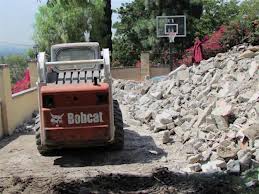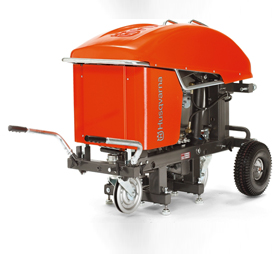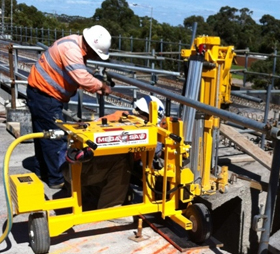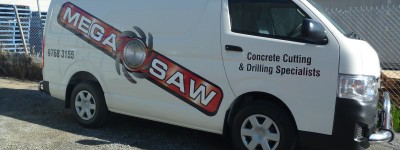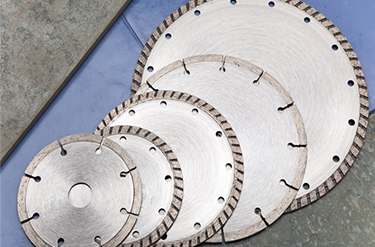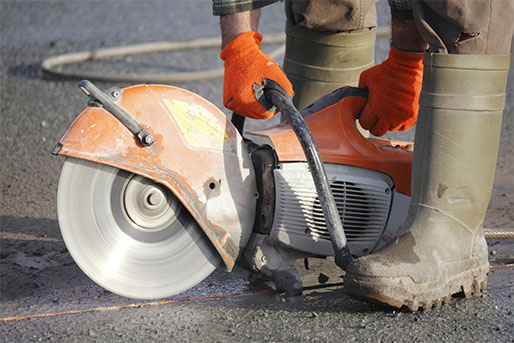Circular power saws are a basic tool used by builders, carpenters and home renovators. Here is a complete guideline and instructions for using power circular saws
Understanding Different Types, Sizes and Purposes: A variety of circular saws are used for many different purposes like the 5 inch trim saws, hand-held circular saws or the 7 1/4 inch saws, 8 and 10 inch saws and worm-drive saws. Among them, the hand-held circular saws are known as the backbone of the construction industry. They are used for cutting lumber up to a thickness of 2 ¼ inch. They are also used for ripping lumber and a variety of other purposes. Hand-held circular saws are available with a number of optional blades for cutting concrete, both ferrous and non ferrous metals, pipe, tubes and even cold-rolled steel bars. The 8 and 10 inch saws are used for cutting larger lumber lengths. Those can be up to 4 inches thick. All the different types of circular saws are specifically designed for different purposes. You must find one that is designed for any specific job you will be doing with them.
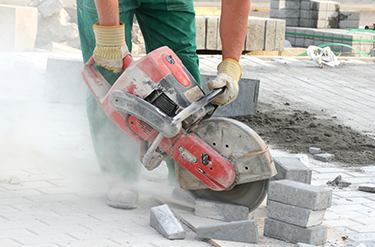 The Features: Before you start using any of the above mentioned types of circular saws, you must familiarize yourself with its important features. Most circular saws can be adjusted within a range of 90 degrees to a little less than 45 degrees. This makes angle cuts and cutting beveled ends possible. You will find a thumbscrew in most circular saw models that will allow you to maintain the correct angle of the saw blade while using. The depth of the blade can also be adjusted with the thumbscrew. A number of circular saw models also come equipped with ripping fence, dust ejector, laser tracking lights and blade guards to make them more efficient and also safe at the same time.
The Features: Before you start using any of the above mentioned types of circular saws, you must familiarize yourself with its important features. Most circular saws can be adjusted within a range of 90 degrees to a little less than 45 degrees. This makes angle cuts and cutting beveled ends possible. You will find a thumbscrew in most circular saw models that will allow you to maintain the correct angle of the saw blade while using. The depth of the blade can also be adjusted with the thumbscrew. A number of circular saw models also come equipped with ripping fence, dust ejector, laser tracking lights and blade guards to make them more efficient and also safe at the same time.
Basic Types of Circular Saws and Their Usage: Different types of circular saws come with different blade compositions, different number of teeth or cutting bits and also different blade quality. Compared to HSS saws or high speed steel saws, TCT saws with tungsten carbide tipped blades are more durable and are specially used for tough hardwoods. Carborundum made abrasive blades, diamond rim blades, special tempered alloy blades and Dado blades are also there for cutting different types of concretes and metals and before you opt for a circular saw you must find the one that best fits your requirement.
Quick Tips:
- While using a circular saw always make sure that the material you are cutting is well supported. This ensures the saw blade does not come in contact with anything underneath while cutting.
- Use a measuring tape and a square to mark the path of blade travel while cutting.
- For minimizing kickback always set the saw to a proper depth.
- Your saw guard must spring back to its place as soon as it is lifted off the work and must also slide up smoothly when you restart work again. Always make sure to put the saw guard in the down position before putting it down on something.
- At the time of beginning your cut, keep your eyes on the right hand side of the blade and line it up with the mark you have put for cutting.
- At the front of the saw, there are two guide notches for cutting perpendicularly or at an angle of 45 degrees. The notches are required to line up with the pencil marks for cutting.
- While cutting always keep an eye on the guides. This offers a neutral position for keeping your eyes on the pencil line and to look away from the sawdust at the same time.
- Always make sure the base of the saw is kept flat on the surface you are cutting.
- While cutting with a circular saw always push the saw deep enough into the material to allow the blades to continue cutting. But you must not push it so hard it reduces the motor speed.
- At the time of exiting the cut, always make sure that the lower guard has returned to its right position.

